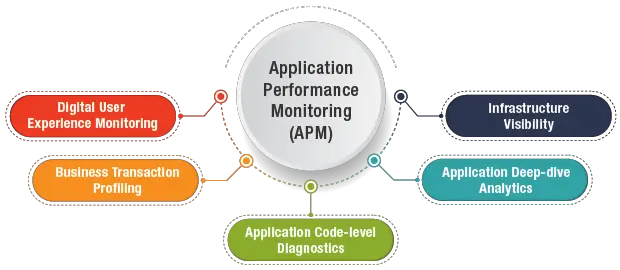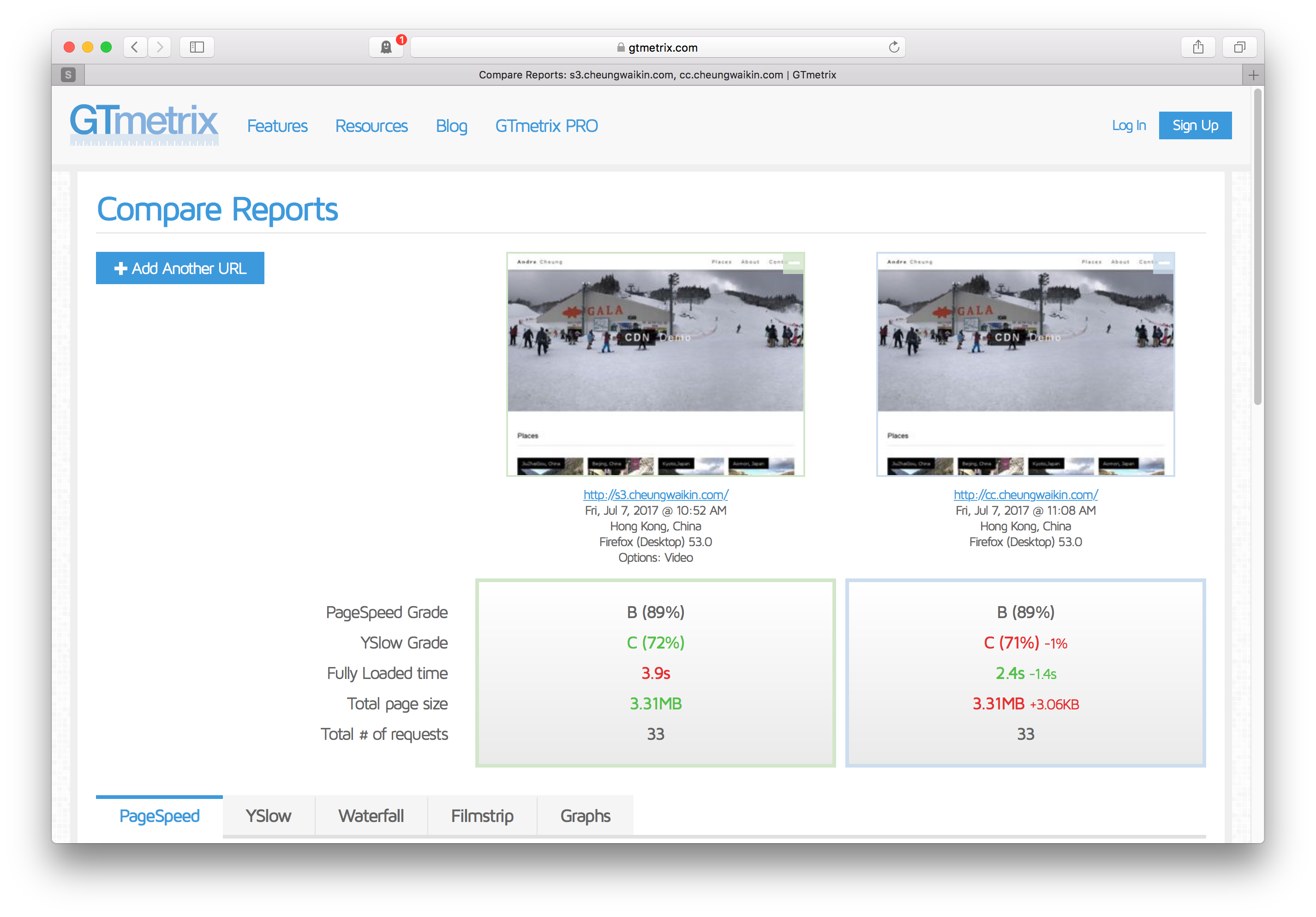Enhancing Application Performance with CDN Integration

A Content Delivery Network (CDN) is a network of geographically distributed servers that delivers content to users based on their physical proximity. By caching and delivering content from edge servers located closer to the end-user, CDNs significantly improve load times and reduce latency, particularly for media-rich content.

Integrating a CDN with an application can provide the following benefits:

-
Reduced Load Times: CDNs cache frequently requested content on their edge servers, reducing the time required for users to retrieve content. This results in faster page loading speeds and smoother video streaming.
-
Improved Latency: By serving content from edge servers closer to the end-user, CDNs minimize the distance that data packets need to travel. This reduces latency and enhances the overall user experience.
-
Increased Scalability: CDNs provide geographically dispersed infrastructure that can handle sudden traffic spikes without affecting application performance. This ensures that applications remain responsive even during periods of high demand.
-
Reduced Bandwidth Usage: By caching content locally, CDNs reduce the amount of data that needs to be transferred from the origin server to the user. This can save bandwidth costs and improve overall network efficiency.
-
Improved Security: Some CDNs offer advanced security features such as DDoS protection, SSL encryption, and content filtering. These features help to protect applications from malicious attacks and improve data security.
To integrate a CDN with an application, follow these steps:
-
Choose a CDN Provider: Select a reputable CDN provider based on their network coverage, performance, and security features.
-
Configure Origin Server: Update the origin server to allow the CDN to cache content and communicate with the CDN’s edge servers.
-
Deploy Edge Servers: The CDN provider will deploy edge servers at strategic locations based on traffic analysis and network topology.
-
Configure DNS: Update the DNS settings to redirect traffic to the CDN for cached content and to the origin server for non-cached content.
-
Monitor and Optimize: Monitor CDN performance and make adjustments as needed to optimize performance and minimize latency.
By following these steps, you can integrate a CDN with your application and experience significant performance improvements, enhanced user experience, increased scalability, and improved security.## Enhancing Application Performance With CDN Integration
Executive Summary
Content Delivery Networks (CDNs) play a pivotal role in elevating application performance and optimizing user experience by delivering content swiftly and reliably to users worldwide. This comprehensive guide delves into the intricacies of CDN integration and explores its profound impact on application performance, empowering organizations to harness its full potential.
Introduction
In today’s fast-paced digital landscape, users demand seamless access to applications and websites. Latency, the time it takes for content to reach users, significantly impacts user satisfaction and engagement. CDNs, strategically positioned at multiple locations around the globe, serve as intermediaries between origin servers and end-users, dramatically reducing latency and enhancing performance.
Key Subtopics of CDN Integration
1. Content Caching
- Stores frequently requested content: CDNs cache static and dynamic content, ensuring rapid delivery of popular resources.
- Reduces server load: By storing content closer to users, CDNs alleviate the burden on origin servers, freeing up resources for other critical tasks.
- Minimizes bandwidth consumption: Caching minimizes the amount of data transferred, reducing bandwidth usage and optimizing network resources.
- Improves website responsiveness: Faster content delivery enhances user experience and reduces bounce rates.
- Supports multiple content types: CDNs can cache a wide range of content, including images, videos, scripts, and more.
2. Load Balancing
- Distributes traffic across servers: CDNs balance traffic among multiple servers, preventing bottlenecks and ensuring smooth service delivery.
- Improves server uptime: By distributing load, CDNs enhance server resiliency and reduce the risk of downtime.
- Scalability and flexibility: Load balancing allows businesses to scale their infrastructure effortlessly, meeting evolving demand.
- Optimizes resource utilization: Efficient traffic distribution maximizes server resources and ensures optimal performance.
- Supports high-traffic events: CDNs can handle sudden spikes in traffic, ensuring uninterrupted service during peak periods.
3. Security Enhancements
- Protection against DDoS attacks: CDNs act as a buffer between origin servers and malicious traffic, defending against distributed denial of service (DDoS) attacks.
- SSL encryption: CDNs support SSL encryption, ensuring secure data transmission and protecting user information.
- Firewall and threat detection: CDNs implement firewalls and intrusion detection systems to safeguard applications from potential threats.
- Compliance with security regulations: CDN integration facilitates compliance with data protection regulations, such as GDPR and HIPAA.
- Improved uptime and reliability: By mitigating security risks, CDNs enhance application uptime and reduce service interruptions.
4. Content Optimization
- Image optimization: CDNs optimize images by resizing, compressing, and delivering them in appropriate formats, reducing file sizes.
- Video streaming: CDNs provide specialized video streaming features, including adaptive bitrate streaming, to ensure smooth playback on different devices and network conditions.
- HTML and JavaScript minification: CDNsminify HTML and JavaScript files, reducing their size and improving page load times.
- HTTP/2 and HTTP/3 support: CDNs support advanced HTTP protocols, optimizing data transfer and enhancing application efficiency.
- Improved user experience: Content optimization techniques accelerate page loading, enhance video quality, and elevate overall user engagement.
5. Analytics and Reporting
- Real-time performance monitoring: CDNs provide detailed analytics and reporting tools that monitor performance metrics in real-time.
- Identification of bottlenecks and inefficiencies: Analytics help identify performance issues, enabling proactive optimization.
- Traffic analysis: CDN analytics provide insights into user behavior, geographic distribution, and device usage patterns.
- Performance optimization recommendations: CDNs offer recommendations based on performance data, guiding businesses in improving application performance further.
- Data-driven decision-making: Analytics empower businesses to make informed decisions about CDN configuration and optimization strategies.
Conclusion
Incorporating CDN into application architecture is a game-changer, elevating user experience and driving business success. By reducing latency, optimizing content, enhancing security, and providing comprehensive analytics, CDNs empower organizations to deliver high-performing applications that meet the ever-increasing demands of today’s digital ecosystem.
Keyword Tags
- CDN Integration
- Content Delivery Network
- Application Performance Optimization
- Content Caching
- Load Balancing

Not badd, yet didn’t help solve my dilemma. What should I verify next??
Love that CDN integration. Speeds up my pages like crazy!
This is very informatve, however, I wish the original source was cited.
Nice article but needs more detailes on how to integrate CDN with existing applications.
I’m an experieced pro who want’s to move into the CDN feild, good read!
Really impressive! This could be implemented to any framework, right?
What if my app is already super fast? Will CDN make it even 10x faster?
Great content! I’m going to try this out on my e-commerce website. CDN may solve my loading issues!